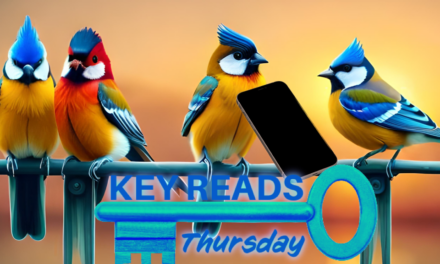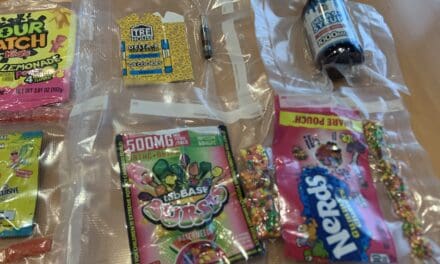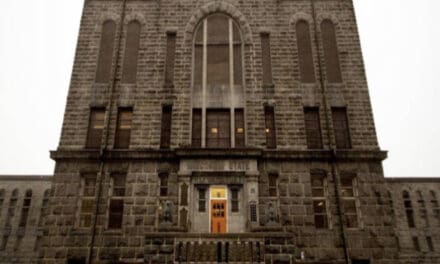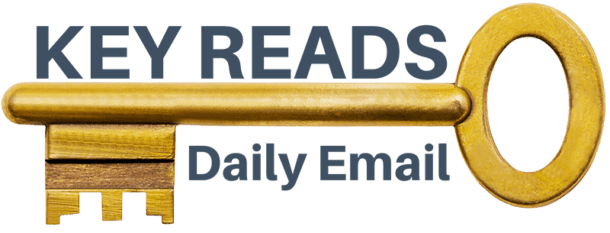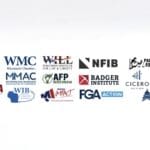Much of the state has rain in the forecast, which should help dampen the ongoing threat of wildfires. We need those April showers, and if Tuesday and Wednesday rains are what we get for weekends like we just had? That’s a pretty good deal.
Also a pretty good deal? Our Key Reads. Free, as always…
Wisconsin’s largest business group sues over Evers’ 400-year school funding veto | The Center Square
The WMC Litigation Center on Monday asked the Wisconsin Supreme Court to take up their challenge to the governor’s summer veto that increased per-pupil funding for the next four centuries.
“At issue is Gov. Evers’ use of the so-called ‘Vanna White’ or ‘pick-a-letter’ veto,” the group said in a statement. “The governor creatively eliminated specific numbers in a portion of the budget bill that was meant to increase the property tax levy limit for school districts in the 2023-24 and 2024-25 fiscal years. By striking individual digits, the levy limit would instead be increased from the years 2023 to 2425 – or four centuries into the future.”
The WMC Litigation Center is an affiliate of Wisconsin Manufactures & Commerce (WMC), the combined state chamber and manufacturers’ association.
Litigation Center Executive Director Scott Rosenow said while Wisconsin’s governor has an incredibly powerful veto pen, there are limits.
“No Wisconsin governor has the authority to strike individual letters or digits to form a new word or number, except when reducing appropriations,” Rosenow said. “This action is not only unconstitutional on its face, but it is undemocratic because this specific partial veto allows school districts to raise property taxes for the next 400 years without voter approval.”
First Central Wisconsin Elk hunt planned this fall | WPR
State wildlife officials will allow elk hunting in central Wisconsin for the first time since the animals were reintroduced to the state.
The state Department of Natural Resources announced a hunt for the central elk herd this fall during the Wisconsin Natural Resources Board meeting April 10.
Elk were first released in the Jackson County area in 2015, 20 years after the animals were reintroduced in Northern Wisconsin. While once widespread, elk had been eliminated from the state since the 1880s due to habitat loss and unregulated hunting.
DNR wildlife biologist Christina Kizewski told the Natural Resources Board the hunt was approved because the central herd has a strong population after years of growth. She said the number of animals have grown by an average of 17 percent annually in the last five years.
“This population increase is really bolstered by our high calf recruitment and calf survival, where we see nearly 85 to 90 percent of our collared calves survive their first birthday,” Kizewski said during her presentation to the board. “The herd also has a high pregnancy rate, and this is often driven by milder winter conditions seen in the central zone.”
Why do we focus on hunting and outdoor recreation so much at Dairyland Sentinel? Well, first it’s because we cover all things Wisconsin, and hunting and fishing and wildlife conservation is a big part of our state’s ethos. Second, because amidst all the crass political fights and other news, we can share stories like this…
First turkey hunt ‘one of the best days’ for worldly 88-year-old Wisconsin Marine Corps vet| Milwaukee Journal Sentinel
Last summer as Voss was making plans for 2024 he ran into Drexel, an old friend and former co-worker at Giddings & Lewis, a Fond du Lac manufacturing company.
The two caught up on families and recent events and, unsurprisingly, the conversation turned to turkey hunting.
Drexel said he always thought he’d try turkey hunting but now he was probably too old.
“No you’re not,” Voss said. “You’re going next spring.”
In December Voss presented the formal plan to Drexel as a Christmas present.
“What a gift,” Drexel said. “I couldn’t believe after all these years I’d be doing something new.”
The DNR offers a variety of Learn to Hunt programs, including for various species of game. Some are run by DNR staff but most are led by partner organizations or volunteers such as Voss.
It’s part of the agency’s “R3” programming, or “recruitment, retention and reactivation,” aimed at bolstering the number of hunters and anglers in the state.
That’s a nice one to cap off today’s Key Reads.
We’ll be back again tomorrow.
